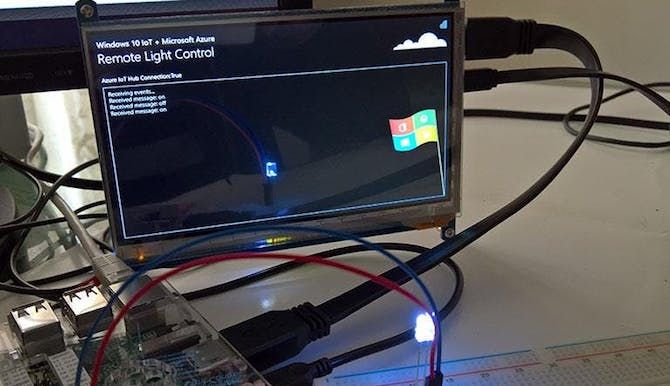

Windows CE (WEC2013 – the last released version) allowed the kernel and drivers to be modified to suit the developer’s target system, while Windows 10 IoT Core is a closed system – both kernel drivers and kernel are closed and require driver signing – but the system can be configured for the target at the user level. However, Windows 10 IoT Core is more of an out of the box experience where Windows CE was more of a toolkit for a system. There are similarities between the two offerings, in that they were both intended for embedded or limited resource systems. Here we take a look at the pros, cons and wider details around Windows 10 IoT Core… Is Windows 10 IoT Core just a newer Windows CE? The latter ensures that major security holes and upgraded feature-sets for new standards are available (Microsoft has committed to a 10-year support window), while low license costs and dedicated commercial developer tools (notably the ability to create test and retail images) are gaining attention. Windows 10 IoT Core is gradually growing in popularity among system designers, not only because of its simplicity, but also due to the combination of low licencing costs and ongoing updates.
WINDOWS 10 IOT PROJECTS SOFTWARE



 0 kommentar(er)
0 kommentar(er)
